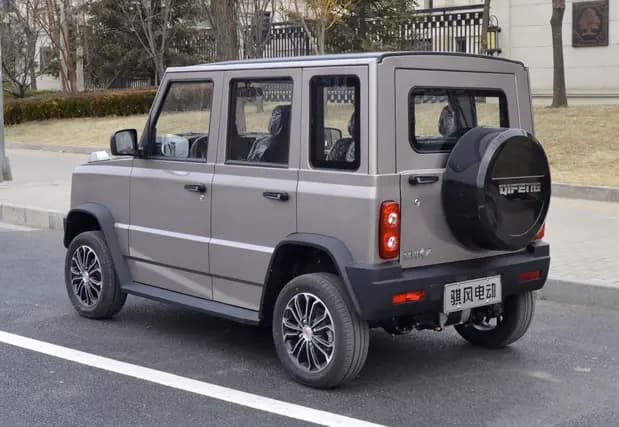Luxury Showdown: BMW i7 and Tesla Model S
Tesla has long been the gold standard in electric vehicles, often setting the bar for luxury EVs. Though Tesla has significantly reduced the prices of its entry-level models, like the Model 3, the premium Tesla Model S remains high-priced due to its outstanding performance. In contrast, BMW’s new entry, the BMW i7 M70, challenges the Tesla Model S with a higher price tag but promises unparalleled luxury and advanced features.
BMW i7 M70: A Premium Choice
The BMW i7 M70 is BMW’s flagship electric sedan, combining the elegance of the 7 Series with electric power. Priced from $168,500, it boasts dual electric motors delivering about 650 horsepower, accelerates from 0 to 60 mph in just 3.5 seconds, and offers a range of approximately 295 miles per charge. When fully equipped with premium options such as the Executive and Premium packages, the cost can rise to around $199,950, targeting buyers who seek top-tier comfort and innovation in their luxury electric vehicle.
Tesla Model S Plaid: Performance and Value
The Tesla Model S Plaid stands out for its remarkable speed, accelerating from 0 to 60 mph in under two seconds, and achieving a top speed of 200 mph with over 1,000 horsepower. Despite its impressive performance, the fully-loaded Model S Plaid is priced around $128,740, including features like Full Self-Driving capability. This model appeals to those who want cutting-edge technology and exceptional speed without the steep price tag of its high-end competitors.
In summary, while the BMW i7 M70 offers a luxurious and high-performance driving experience, its steep price might not be justified compared to the Tesla Model S Plaid, which delivers advanced technology and impressive performance at a lower cost. Choosing between these vehicles often depends on individual preferences for brand and the specific features that matter most in a high-end electric car.

